
Fall 2025 Design Challenge Teams Announced
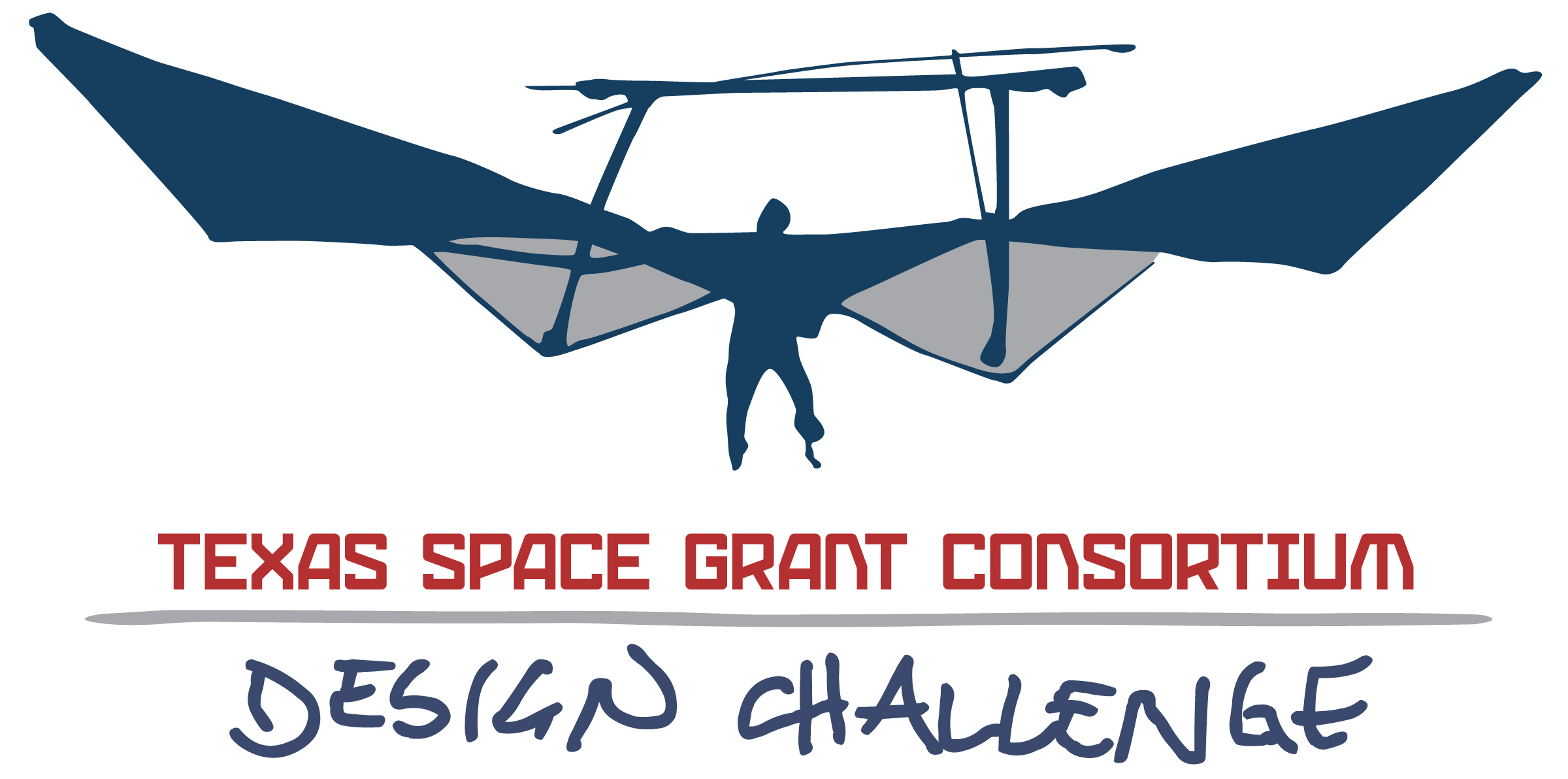
NASA Texas space Grant is happy to announce the 22 teams that were chosen from across the state of Texas for the Fall 2025 Design Challenge.
These Texas teams will spend the Fall semester researching, developing, and fabricating solutions towards NASA’s goals and mission directorates. Research on topics from Lunar surface recycling and radiation-tolerant laptops to micro-nuclear reactors and Lunar and Martian habitat manufacturing, here are the Fall 2025 Design Challenge Teams:
Houston Community College, Pioneer 39
Lamar University, LunaLink
Prairie View A&M, Team Zenon
San Jacinto College, San Jacinto Flight Crew
Tarleton State University, RELLIS Rovers
Tarleton State University, Team BOB
Texas A&M University, 12th Man BioFrontier
Texas A&M University, Aggienauts
Texas A&M Kingsville, Interstellar Corporation
Texas A&M Kingsville, Farscape Engineering Co.
Texas State University, Bobcats
Texas State University, Bobcat2
Texas State University, The Texas State Bobcats
University of Houston Clear Lake, Cosmic Commanders
University of Houston Clear Lake, Alpha
University of Houston Clear Lake, Interstellar Innovators
University of Houston Clear Lake, Gamma Rays
University of Texas at Arlington, NAN
The University of Texas at Austin, Bevonauts
University of Texas at Tyler, Aether
University of Texas at Tyler, HEC4
University of Texas at Tyler, HEC3
To learn more about Design Challenge and the topics chosen by the students, please click the button below.
Space Teams Global Space Challenge 2025 Now Accepting Applications
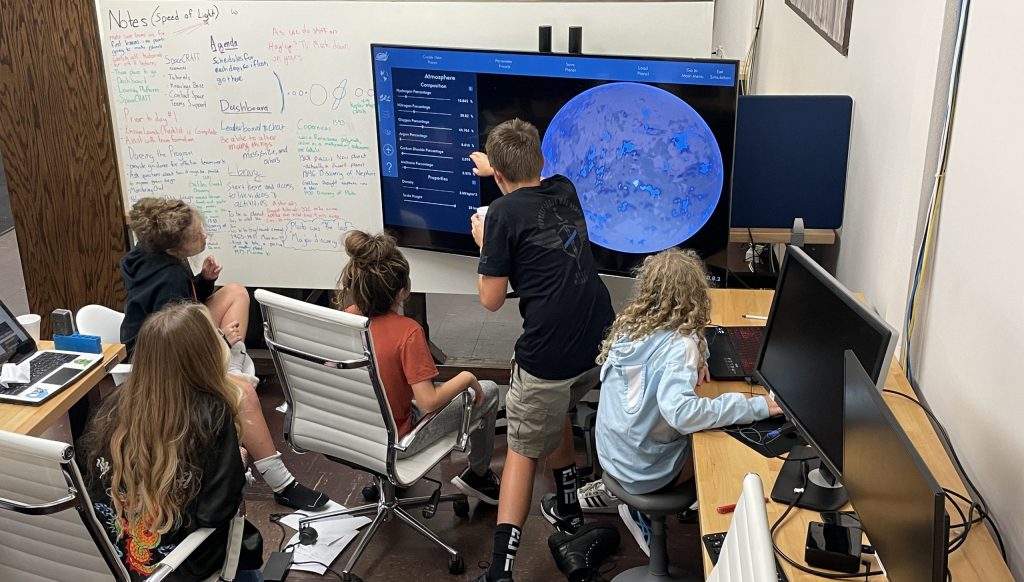
Space Teams Academy is getting ready to launch their annual Global Space Challenge, October 3-10, 2025. Join the next generation of space enthusiasts (grades 6-12) and compete with other students around the globe to virtually execute exciting planetary missions.
The Global Space Challenge includes 6 comprehensive design modules, daily mission training from astronauts, engineers, and scientists.
Applications are open now and close October 1.
NASA TSGC Fellows and Scholars Program
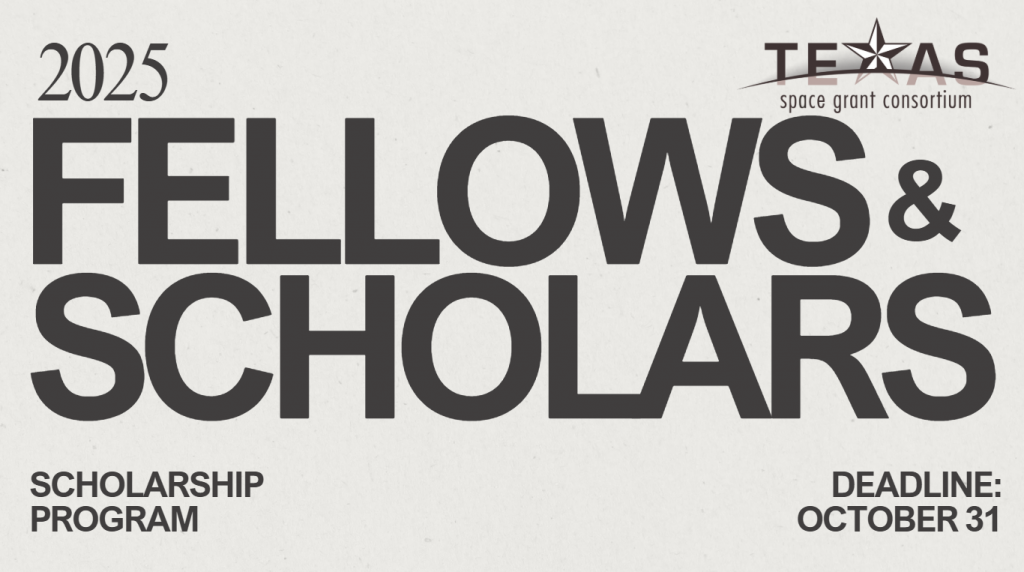
TSGC’s Fellowship and Scholarship program aims to provide funding for students in all fields with an interest in STEM and space-based research. All graduate and undergraduate students at TSGC academic institutions are eligible to apply.
Columbia Crew Memorial Undergraduate Scholarship
In memory of the Space Shuttle Columbia astronauts, NASA and TSGC aim to recognize students and encourage their interest in STEM fields. Awarded undergraduate students will receive $2,000 for one year. This award may be renewed.
Graduate Fellows
TSGC Fellowships have been established to encourage graduate study in STEM fields. Awarded students will be given $5,000 for one year, but it may be renewed for up to three years, providing the recipient has spent no more than two of those years as master’s candidates.
To learn more about the application process, to verify your institution, or to apply, click the button below.
Host a Q&A Session With NASA Astronauts
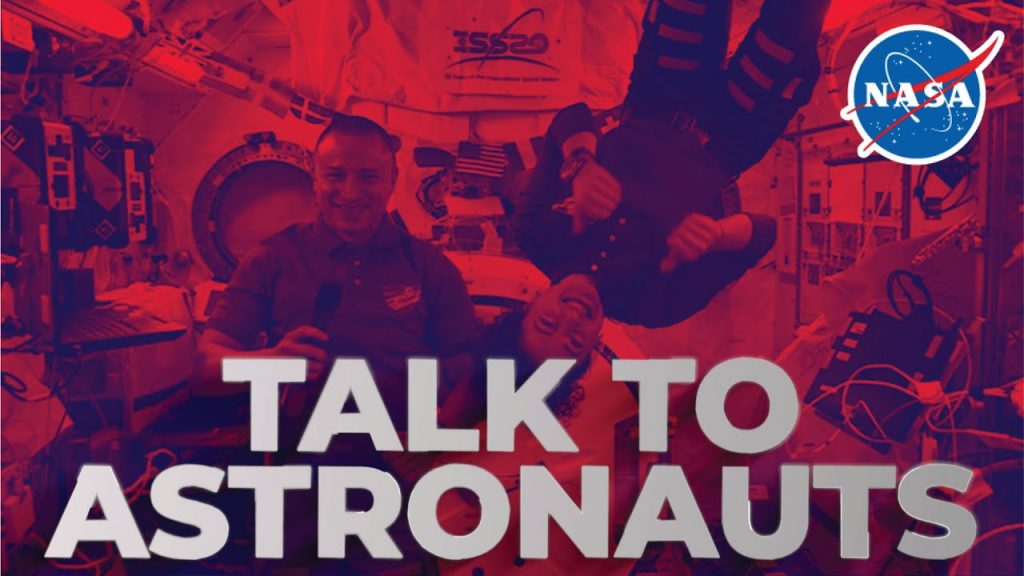
NASA is currently accepting proposals from U.S.-based formal and informal STEM organizations to host a downlink during International Space Station Expedition 75, which runs July 2026 – February 2027. Proposals will have a special focus on space workforce.
In-flight STEM downlinks are 20-minute live video Q&A opportunities to interact with astronauts aboard the station. Proposals are due Thursday, Oct. 2.
NASA TechRise Student Challenge Now Accepting Proposals
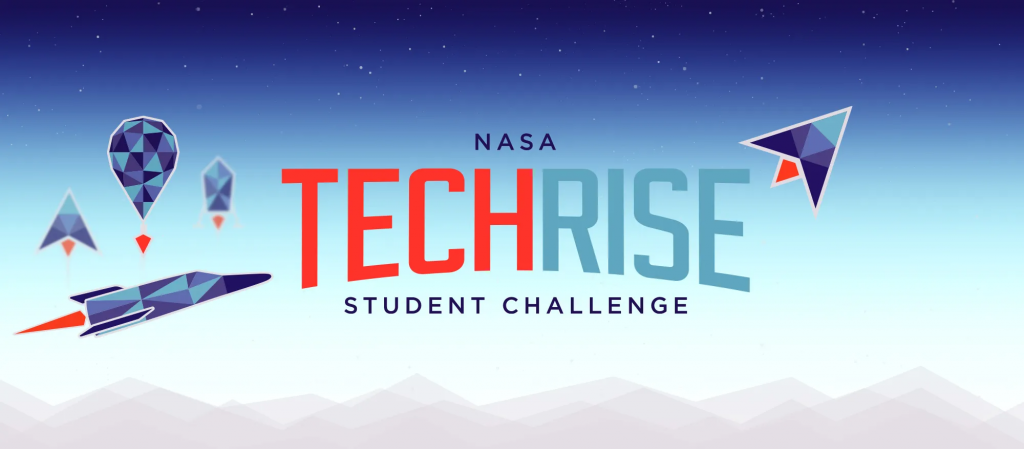
The fifth NASA TechRise Student Challenge invites teams of 6th-12th graders attending U.S. public, private, or charter schools – including those in U.S. territories — to submit science and technology experiment ideas to fly on a suborbital vehicle.
Competition winners receive $1,500 to build their payloads and an assigned spot on a NASA-sponsored commercial flight test: either Virgin Galactic’s Suborbital-Spaceship or a high-altitude balloon operated by World View Enterprises.
No experience is necessary to join the NASA TechRise Challenge! Teams receive technical support from advisors who help students learn the skills they need to bring their experiment to life as a payload on a suborbital vehicle.
Proposals are due by November 3.
THIS MONTH IN SPACE

SEPT 11, 2023
FRANK-LY QUITE A LONG STAY
NASA’s Frank Rubio breaks the American record for longest consecutive stay in space. Rubio would spend 371 days in space and help grow space tomatoes, study microgravity fires, and conduct research on crew health on long-duration space missions.
SEPT 13, 1992
MAGELLAN GETS TO MAPPING
NASA’s Magellan spacecraft becomes the first to map Venus in its entirety. Magellan’s 15,000 orbits would return high-res images of Venus’ surface, showing volcanism, tectonic movement, lava channels, and pancake-shaped domes.
SEPT 17, 1997
MARS EXPLORATION BREAKS THROUGH
The Mars Global Surveyor performed atmospheric monitoring for sister orbiters during aerobraking – the first spacecraft to use the method while entering orbit.
SEPT 25. 1960
PIONEERING THE WAY
The Pioneer P-30 becomes the first rocket engine to fire in space. However, due to second stage failure, it would not reach sufficient velocity and would burn in Earth’s atmosphere.
